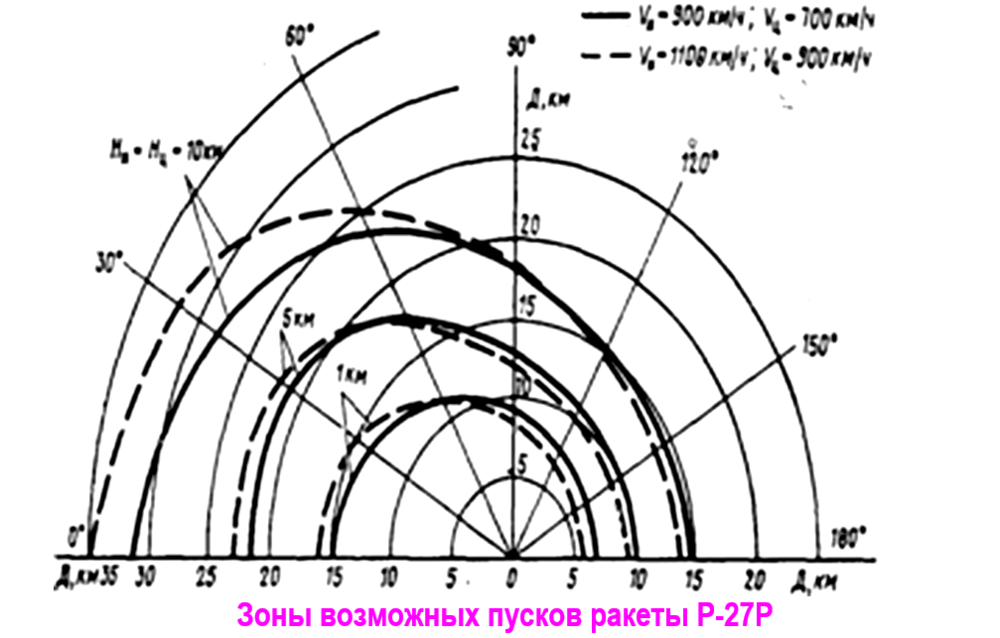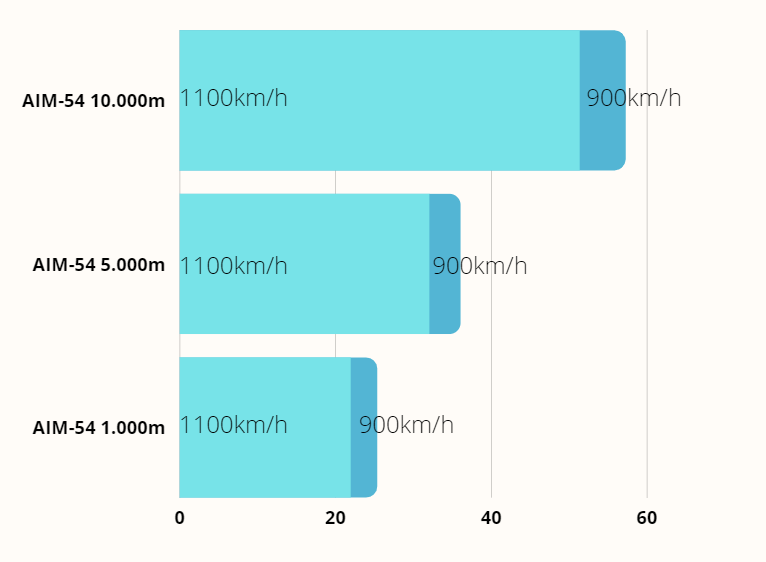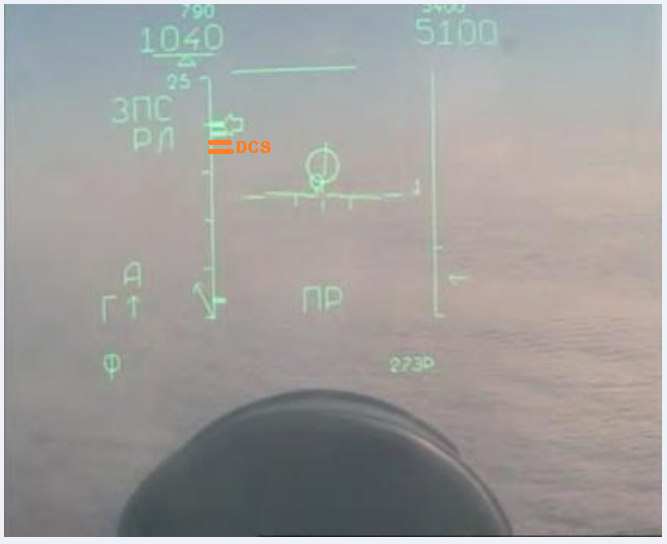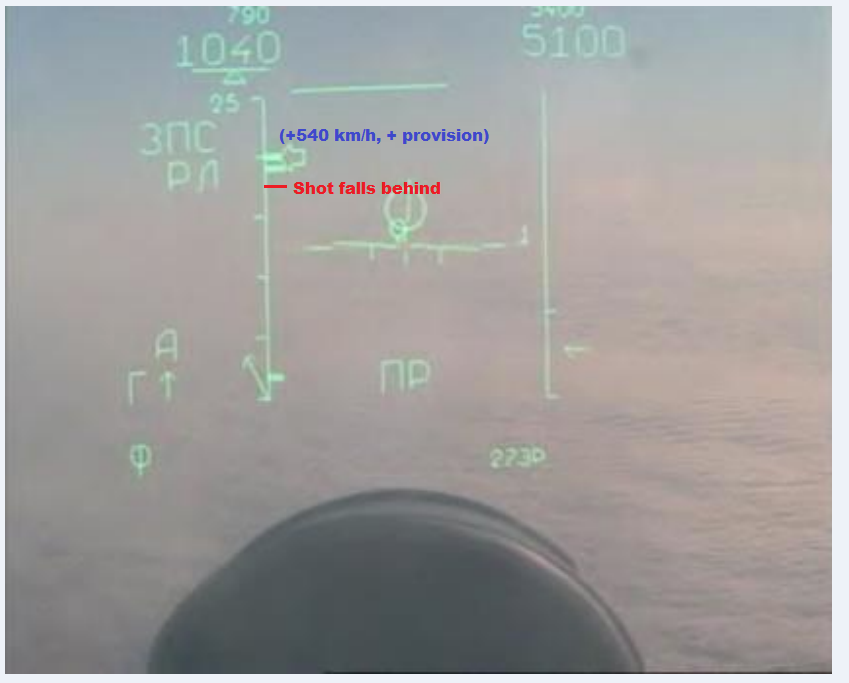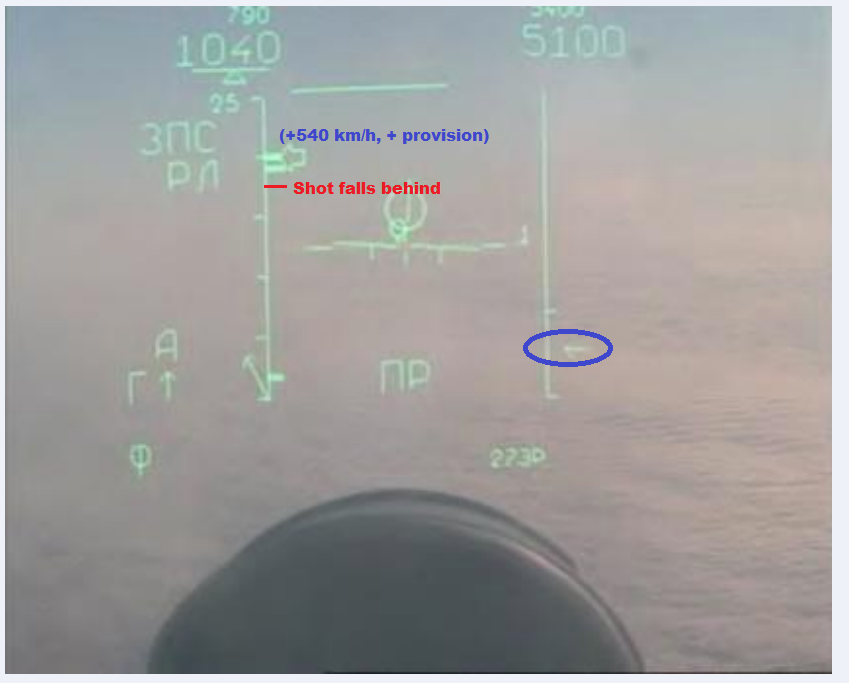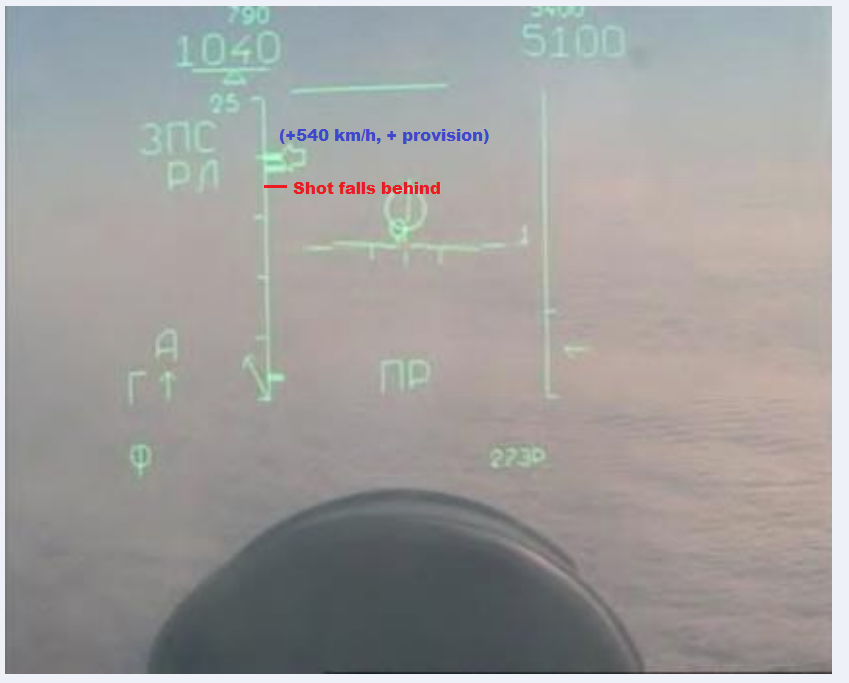

Max1mus
Members-
Posts
643 -
Joined
-
Last visited
Content Type
Profiles
Forums
Events
Everything posted by Max1mus
-
@Chizh This is from your DLZ simulator. The difference between the DLZ simulator and the graph is as big or even bigger with the R-27R. Yet the DCS R-27R achieves the ranges on the diagram, plus 150 m/s (simulator +15-20% +reserve) In this example it is 6.5km in DCS/on the graph vs 5.16km on the simulator at 1.000m. 15km on the graph vs 12.5 on the simulator at 10.000m. Could we please have both R-27R and R-27ER modelled to the same standard? One is following the graph right now, and one the DLZ simulator. Even though the simulator has 15-20% less range at all altitudes. R-27R Graph (considered accurate by you): Your F-16, F-18, F-14 and F-15 owners would thank you. A realistic R-27 is many times more important to them than it is to the few MiG-29/Su-27 flyers that have not stopped playing yet.
-
Looks exactly like the ER chart to me. And my AIM-54 tests. Small, bigger, biggest. Except that the ER has battery life decreasing the gap at 10km.
-
Что этот симулятор показывает для Р-27Р в ЗПС для 1100 против 900 км/ч? Сделаете такую диаграмму тоже, пожалуйста. Сравните с диграммой в книжки.
-
The R-27R matches the chart by 100%. No deviations whatsoever. The 27R and 27ER got entirely different drag changes. The new rocket motor distribution also reduced the range against targets at under 15.000 feet. On top of making the missile easier to defeat at NEZ. Are the shapes of R-27R and R-27ER that different? Were the old drag differences between the two too small? Did the R-27ER get a high supersonic drag decrease, but not R-27R? If yes, why?
-
Just tested to make 100% sure. The DCS R-27R behaves exactly like on this graph. Plus 150 m/s. But without extra provisions as the Su-35 pilot said it. @ED Please check if the DLZ simulator underperforms relative to the R-27R graph. And R-73 one. Check if its consistently 10-15% at all altitudes.
-
Looks like i made a mistake, i mixed up the 15km/20km lines. The red dots are not mine, Chizh posted this a while ago, before the low altitude range reduction and high altitude tange increase in 2.7. Different question: Since R-27R and R-27ER have nearly identical bodies, should the drag not be almost the same? By my understanding, the recent patch gave R-27R an overall drag reduction where as R-27ER got the drag changes in entirely different areas. Shouldnt the same drag changes be applied to both missiles?
-
Do the R-27R charts have errors? Speaking of which, can someone re-post the original, "hand drawn" one here?
-
What is the "maximum fighter speed" in this document?
-
As a little experiment, i tested the AIM-54A Mk60 in game under the same conditions (In the rear hemisphere). Cutoff speed is target speed+150 m/s. /EDIT: 150m/s! The lowest value has the smallest difference, medium bigger and highest has the biggest. It should be like this on the R-27ER too. The 60s battery life just stops it from following that trend up into very high altitudes. (R-27ER TOF for the slow target at 10km is around 55s). And some slight maneuvers would increase that time to 60, even if it had less drag. Remember what the Su-35 pilot said about reserve energy for maneuvering. And infact, your in game R-27ER as tested by Maestro follows that trend precisely. Look at it. The gaps are like on the chart in game. Its simply worse than on the chart. But not different.
-
-
High altitude - battery life. And less drag, missile can travel at slower speeds longer. Speed difference makes a bigger gap. Low altitude - Missiles with big rocket motors over slick designs will have a smaller gap. Less time spent at slow speeds, more at high speeds. Compare it with the AIM-54. If anything, the inconsistency is that there is not a way bigger gap at high altitude than at 5km. The high missile should spent more time at slow speeds. But the explanation is battery life being the limitation, not energy.
-
With your scenario, we get the same result. HUDfootage_polkovnik_scenario.trk Missile has the necessairy additional speed 2.3km behind the target. Thats over 10%. Plus the 2-3G energy reserve minus maybe 100 km/h closure speed because the target is slightly cranking. But even without any provisions, the missile falls behind here.
-
What makes the least sense is that the R-27R was made to match the same graphs, but with the ER its suddenly inaccurate...
-
Nothing wrong with an export model. After the collapse of the USSR, the export models were superior to the aircraft used in the Russian Air Force. Up until the early 2010s, at least.
-
What would that be? After 9.12/9.13 the next best is the late 2000s M. If its possible, they could go for prototypes... Su-27M and maybe the old MiG-29M/K from 1991 would be interesting. The older Su-27M would have some stuff from modern Su-30s and the oldest 29K was still supposed to have guided A/G, a more modern RWR, even picture datalink/MFI-55? Maybe even a better radar? Maybe theyre easier to get info on/to legally do.
-
I read its a targeting pod/IRST/MWS combo with a 15km track range.
-
Soviet. Russian or even exported (like most russian fighters from the late 90s to 2000s were instead of being put into service) fighters are all very independent and close to western doctrine. You dont have MiG-29Ms and Su-30SMs flying around without datalink and capable radars. That doesnt mean theyre just brainless fox3 spammers like the western planes. A Su-30MKI or SM can support an ER while going half-cold from the enemy. Makes a semi active missile much more competitive, especially given the size of the rocket motor. IRST on every fighter, with things like 360 degree coverage on a MiG-29M, is no joke either. Neither are the much more capable anti-ship and anti radiation missiles.
-
New track with target at 5400m and 790 km/h showing as target speed. DCS_ER_5400m.trk Falls behind, it has the necessairy speed about 2km from the target (considering the 150 m/s limit). Further behind if you consider provisions. Still underperforming by at least 10%.
-
Ok. Did not know the russian avionics were this mismodelled in DCS. But the clouds still prove that the target is lower. And i remind you that in DCS, the DLZ is exactly the same if the target is at 3400. Just the missile is underperforming by at least 20%. Exactly like the DCS ER versus the ER on the well-known graphs, at 1.000m (over 15%) and 5.000m (over 20%). Viewdistance is on the maximum setting of 150km.
-
The target is below the aircraft (this is a MiG-29). Here is the elevation indicator at work: https://youtu.be/7AmWtMonq-c?t=153
-
That number on the altitude looks like a 3 to me. When you zoom out especially. And the elevation indicator on the right is pointing down significantly. Whats interesting is that the DCS DLZ will show exactly the same number, 20km of range. But the missile will not overshoot with enough energy+provisions above 15-16.
-
The altitude of the target is 3400 Meters. As indicated by the target being significantly below the artificial horizon.
-
DCS_ER_vs_IRL.trk (Red line is what i shot at in the track, missile falls behind considerably) Picture is from: https://bte.by/upload/iblock/952/95237499fca0ecba9a6708e29efd37a2.pdf Proof that its public information:
-
Just learned im not available that day. 1 MiG-29 slot is free again.
- 60 replies
-
Its not 150 km/h, its 540 (150 m/s) and additional energy for 3G capability.



